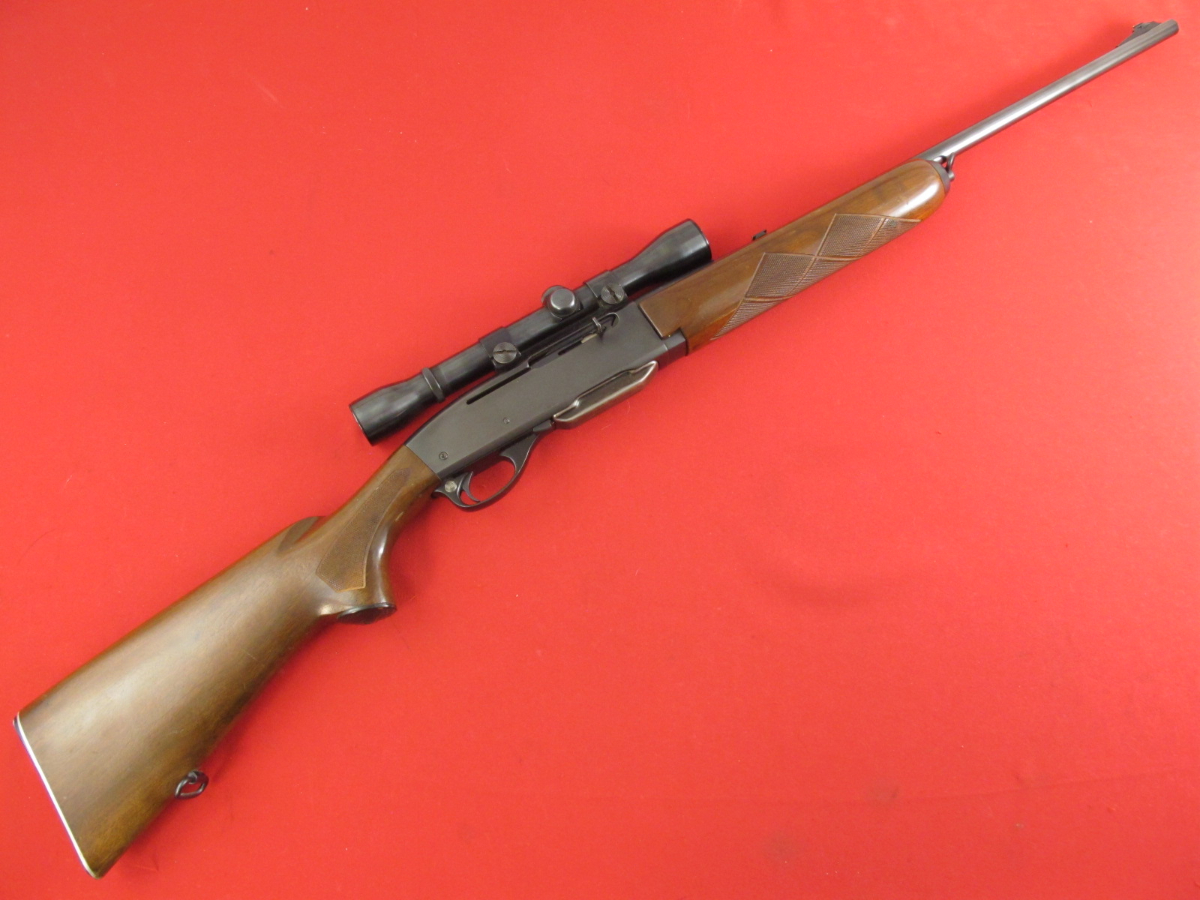
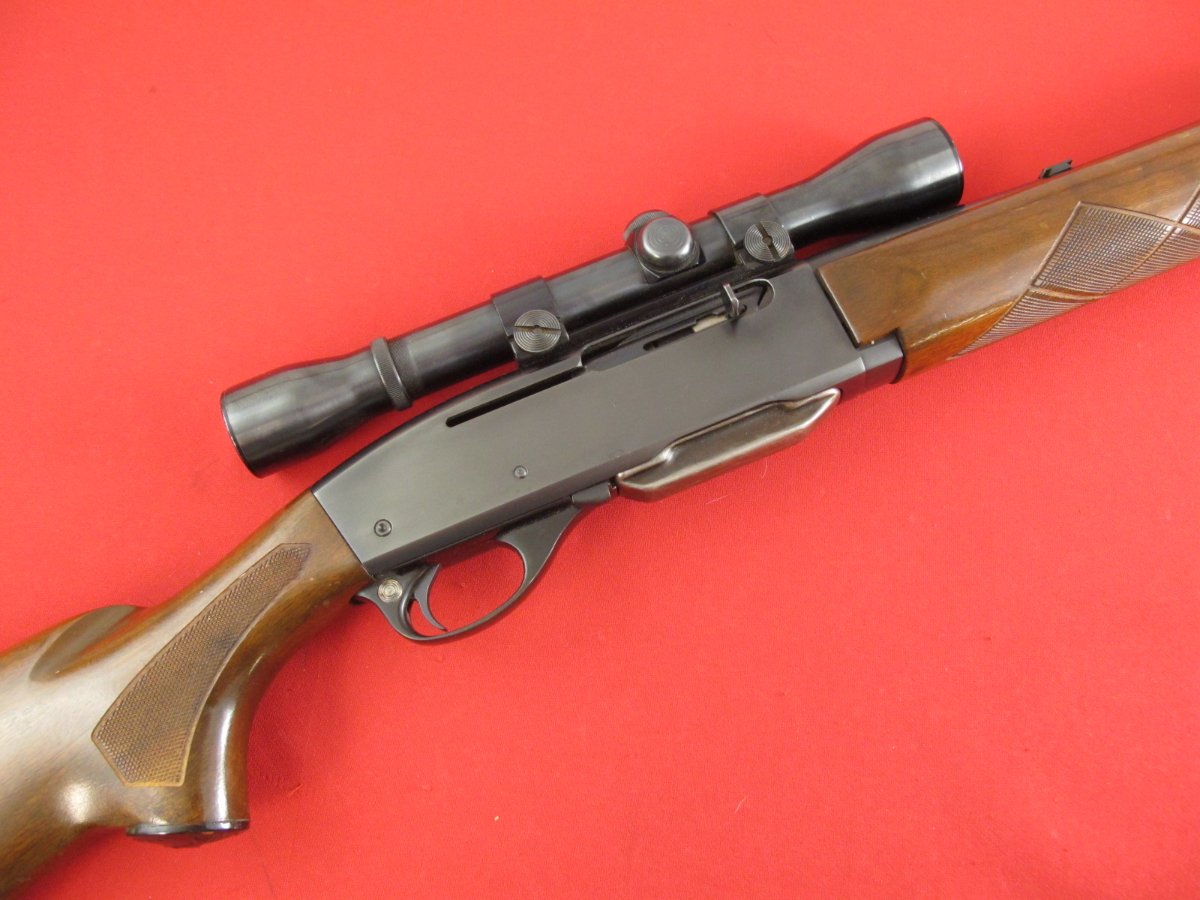

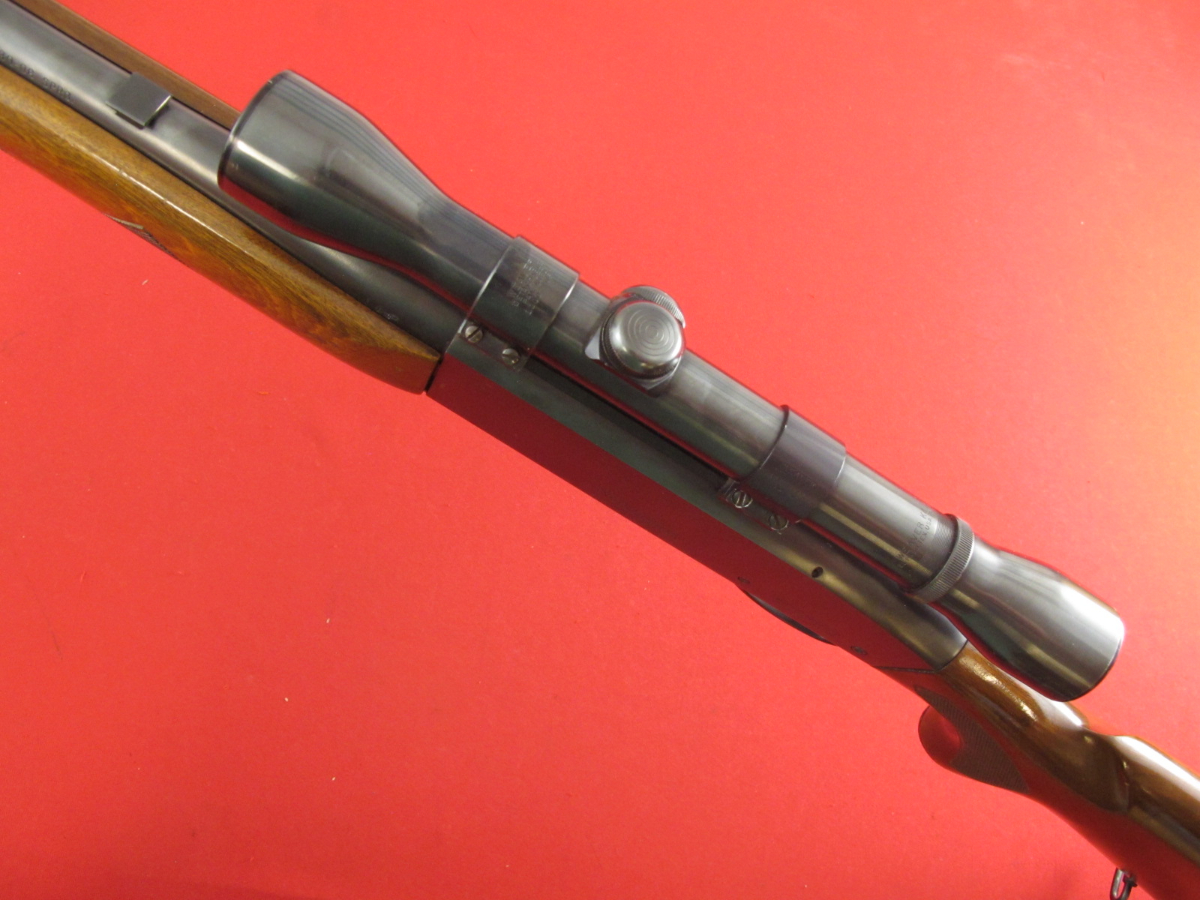
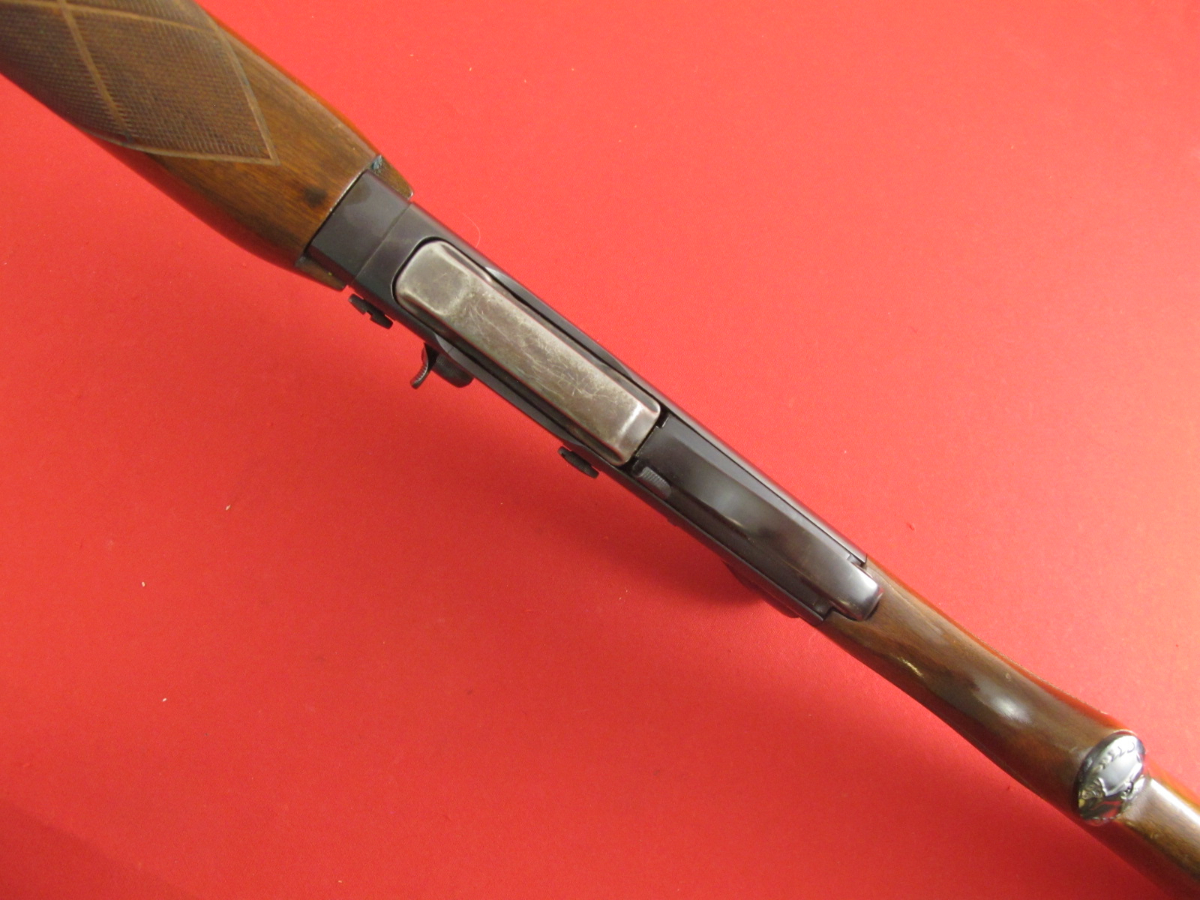
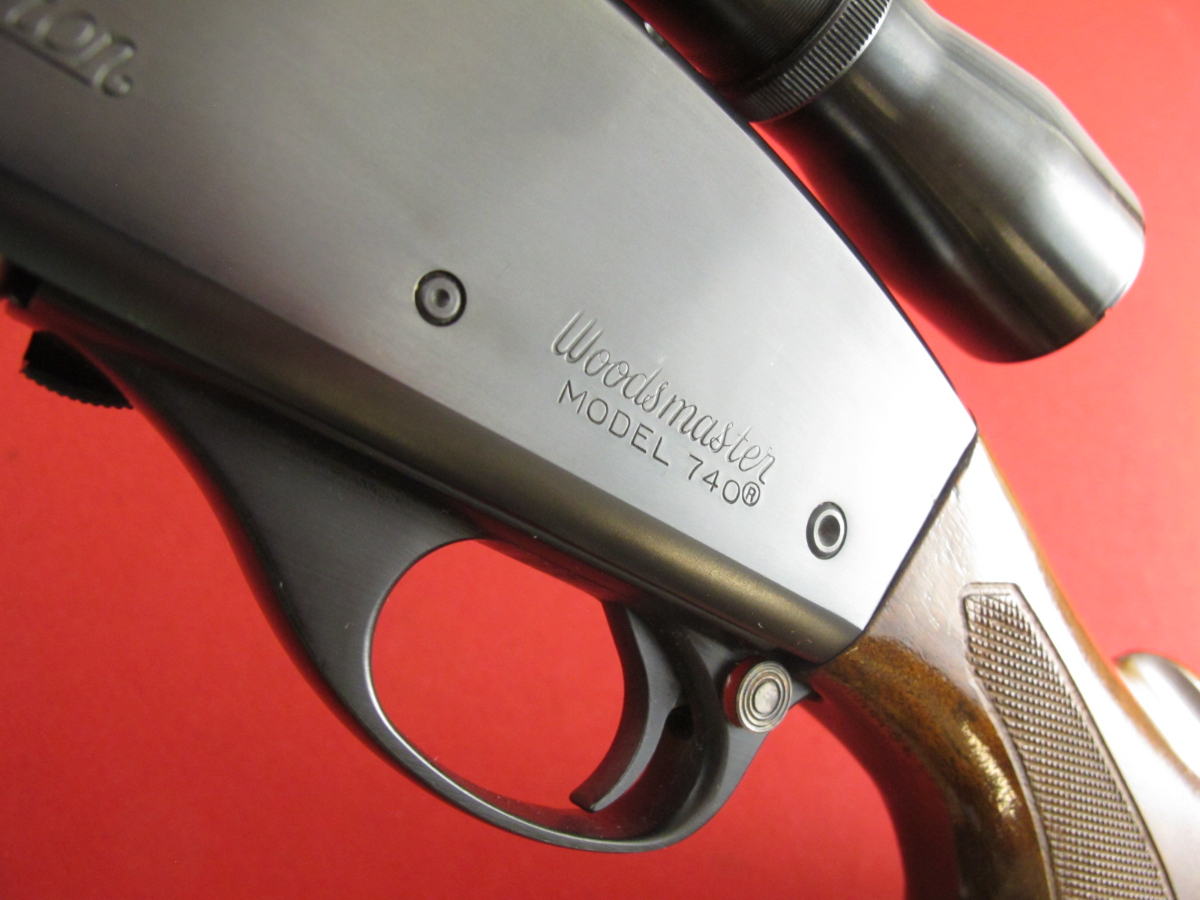

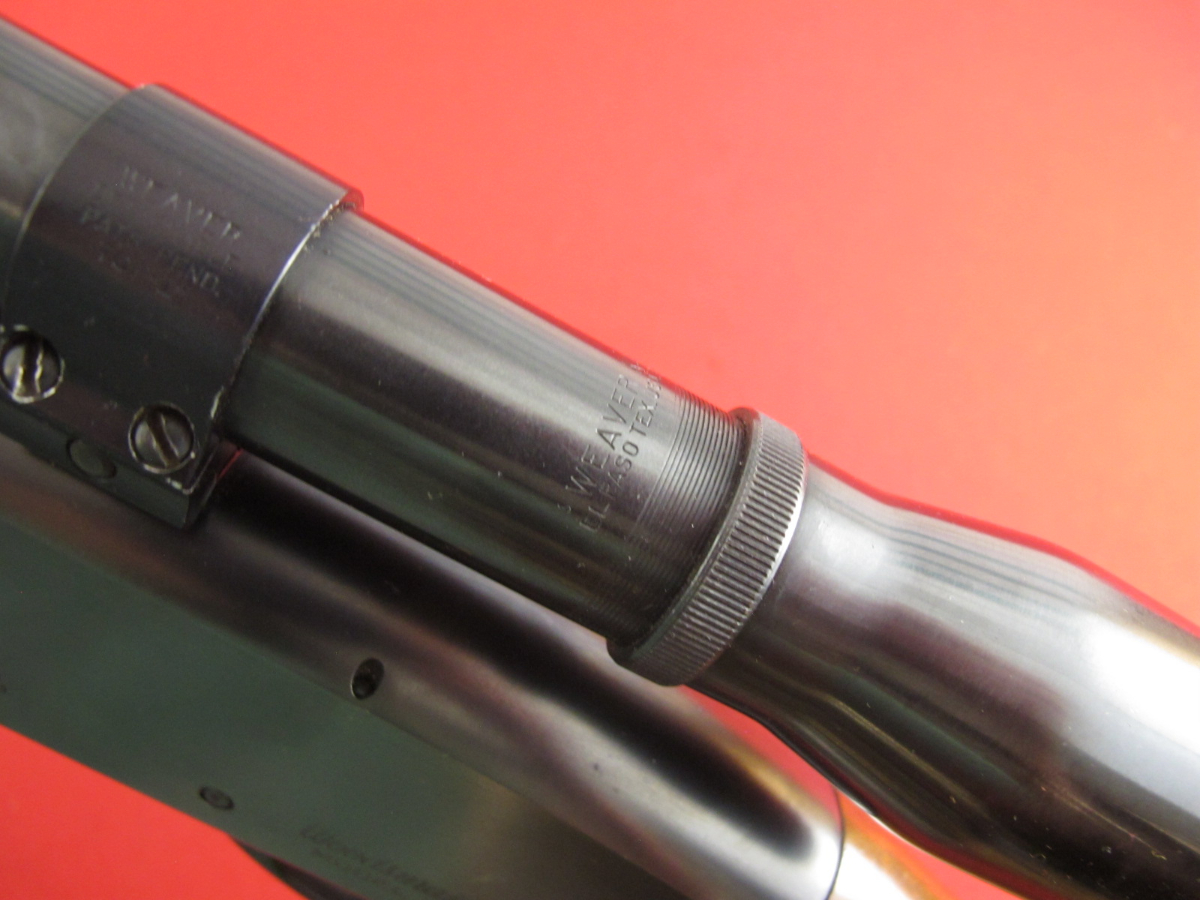

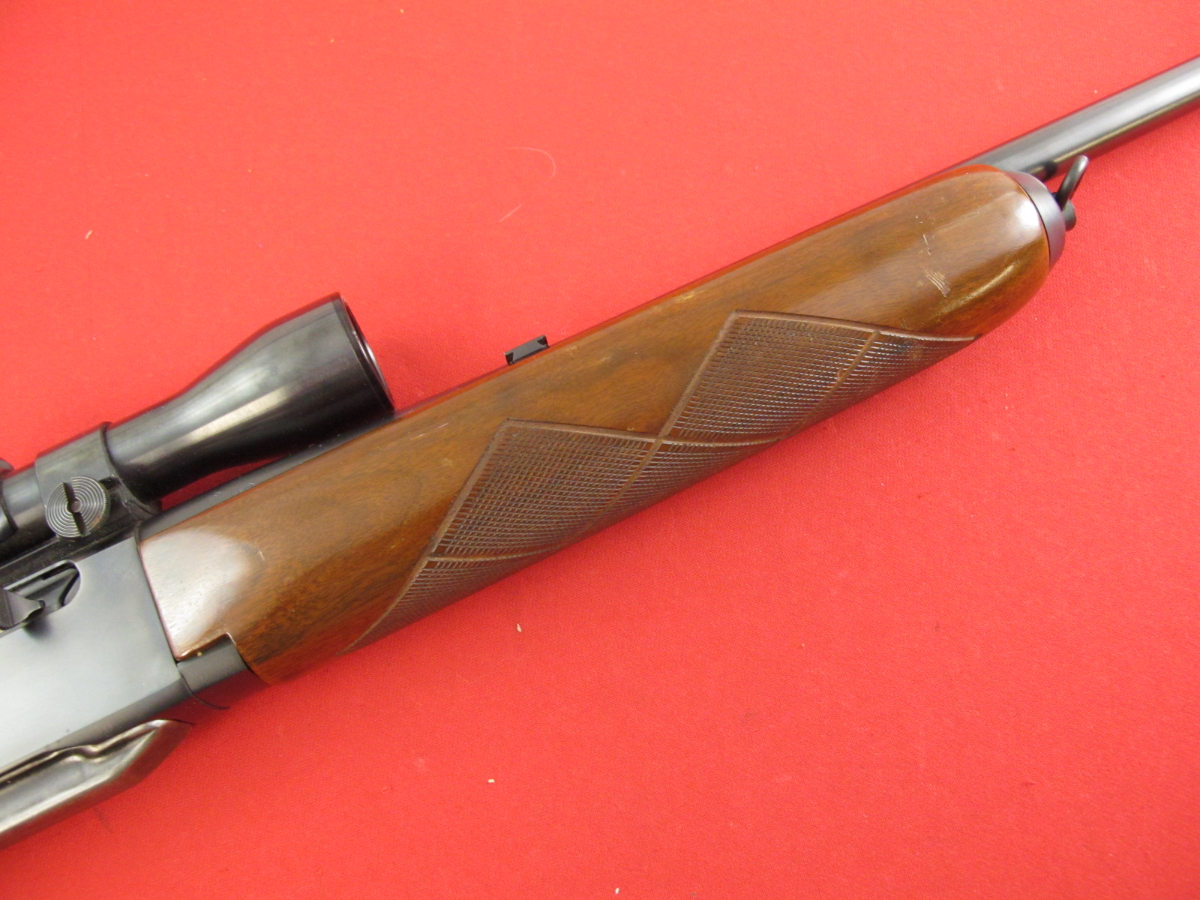
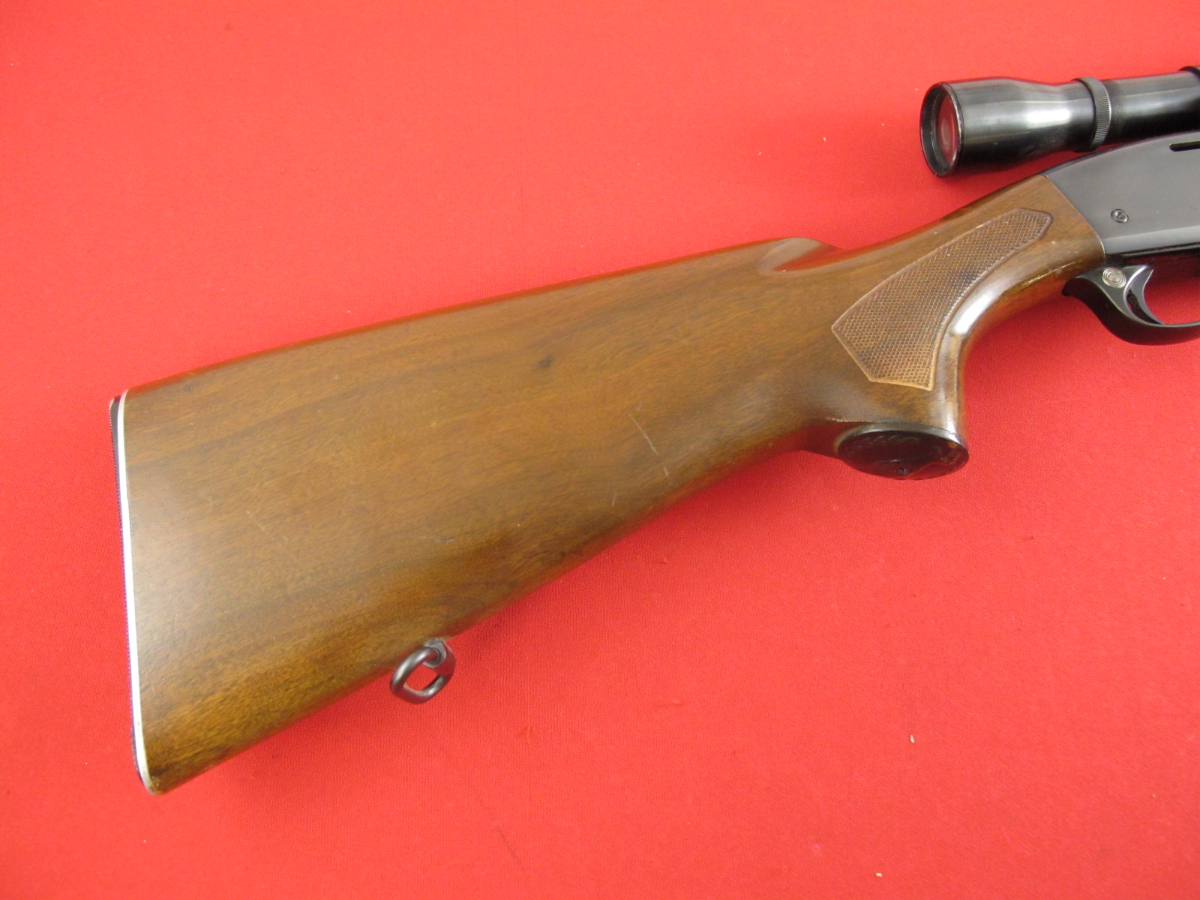
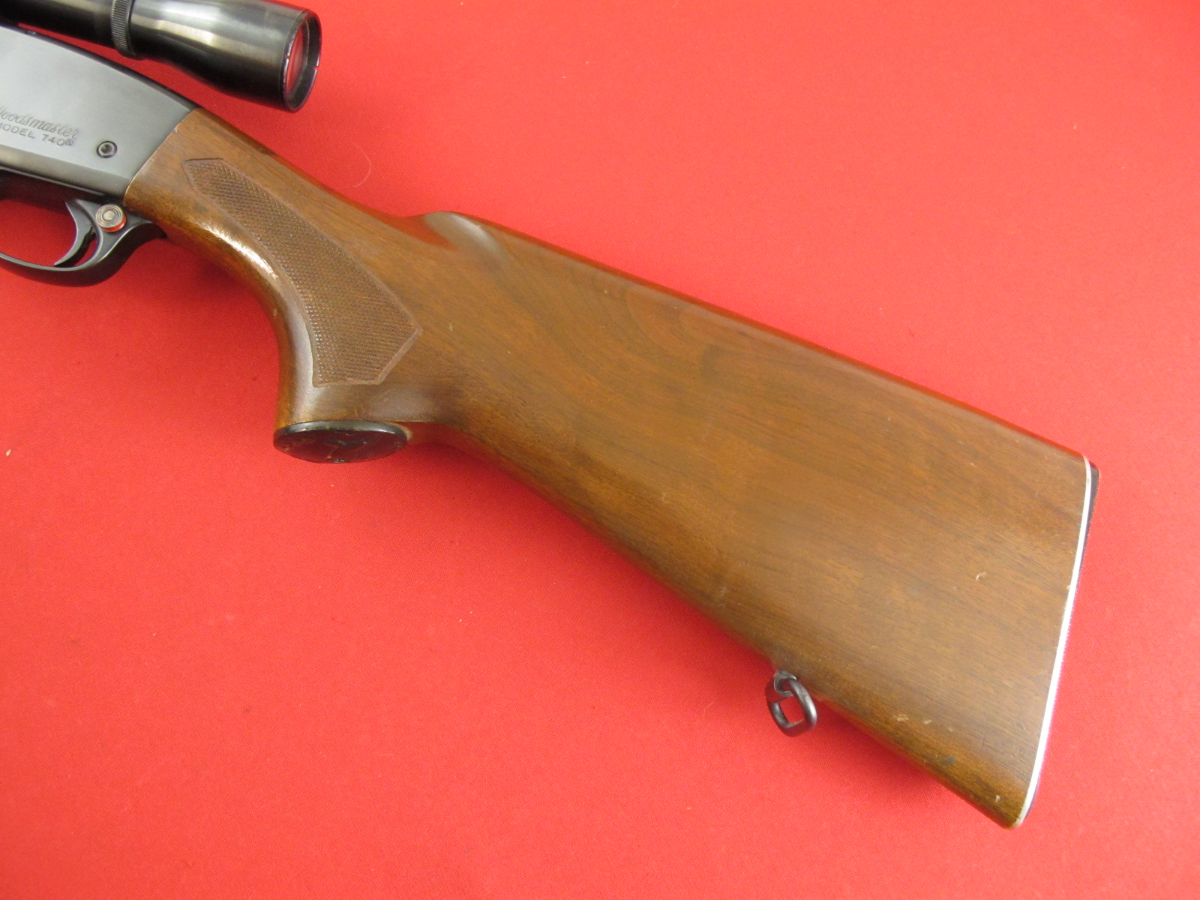
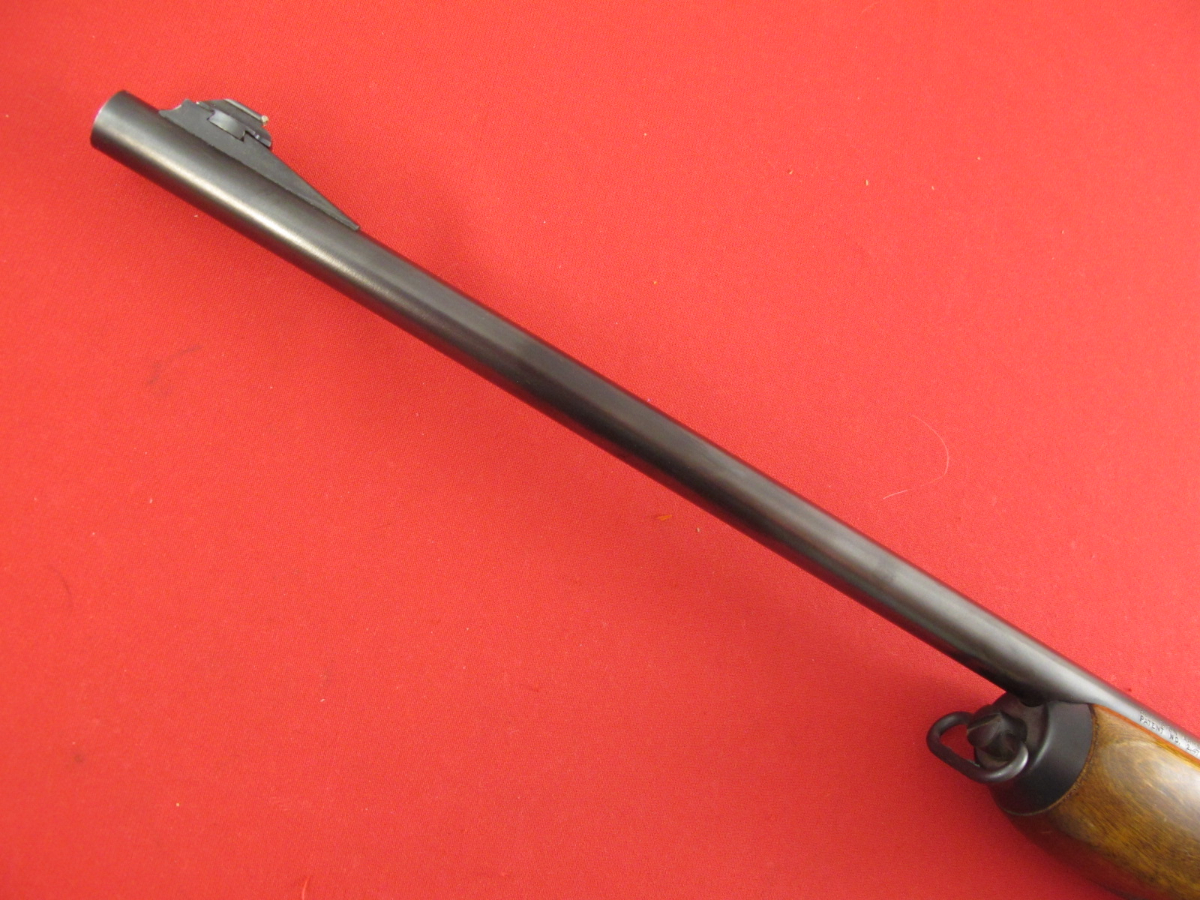
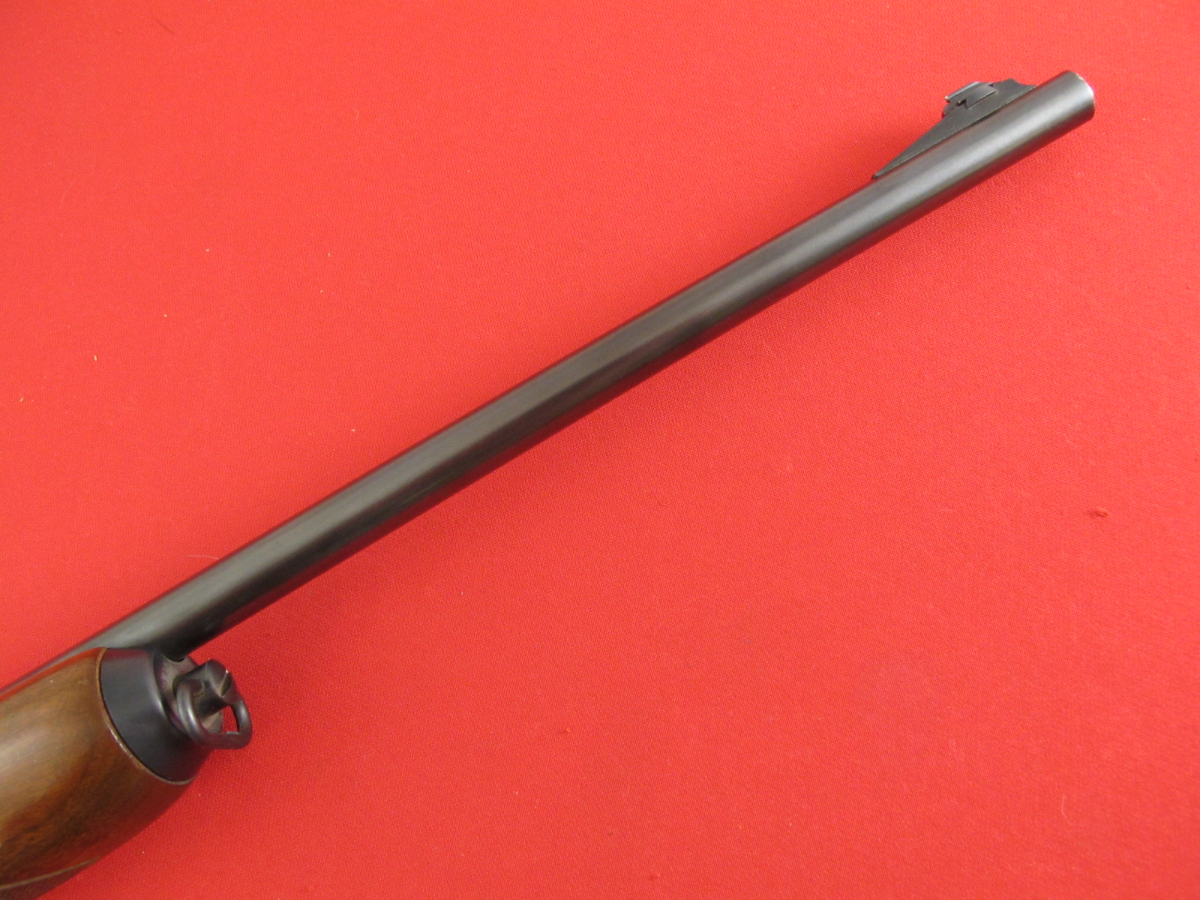
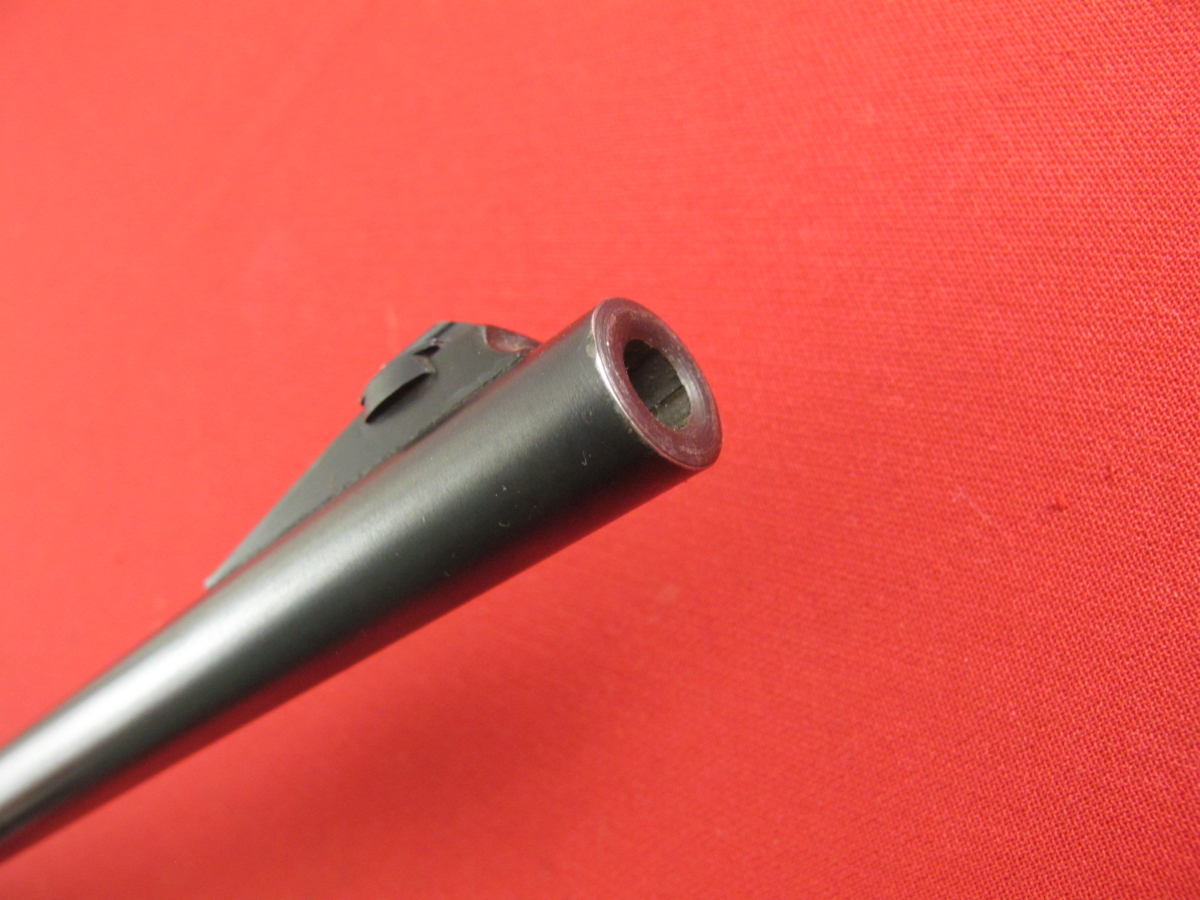















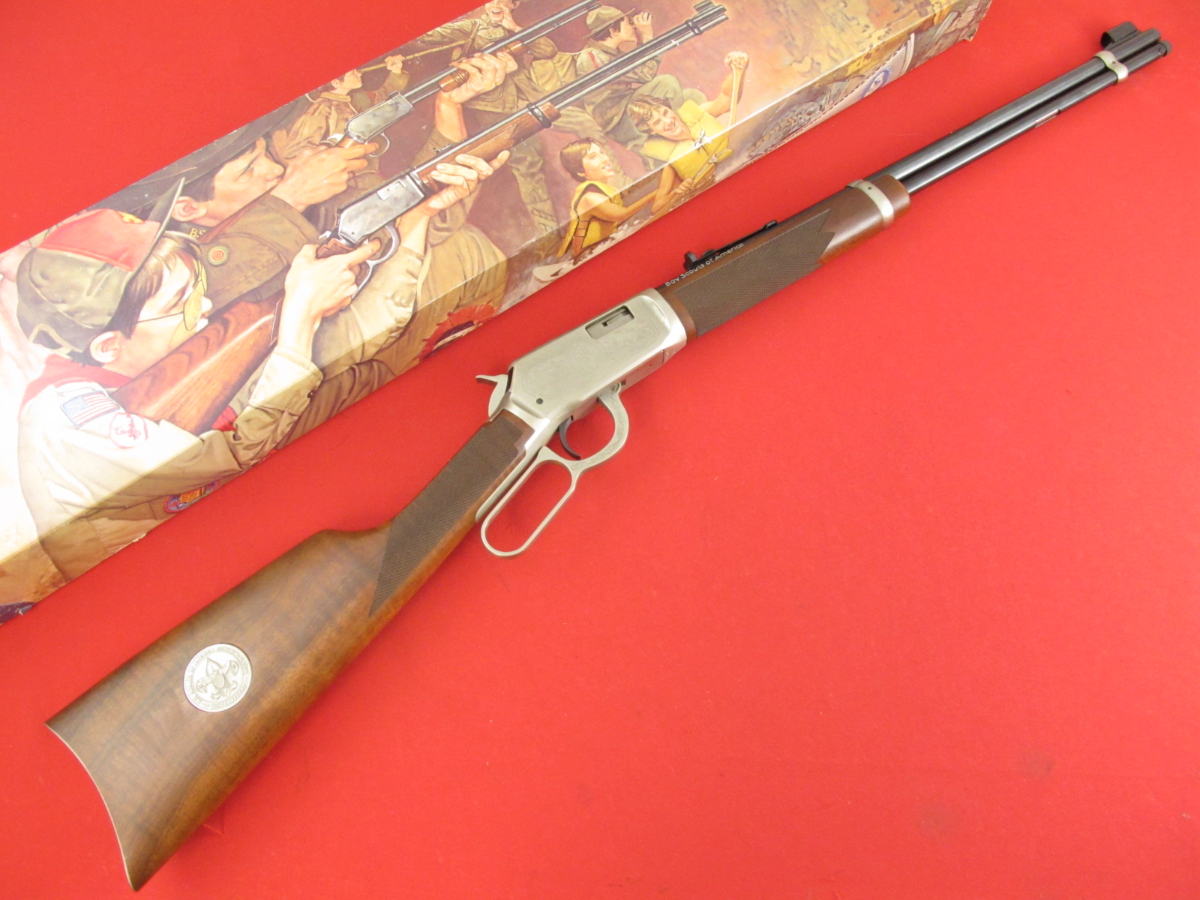
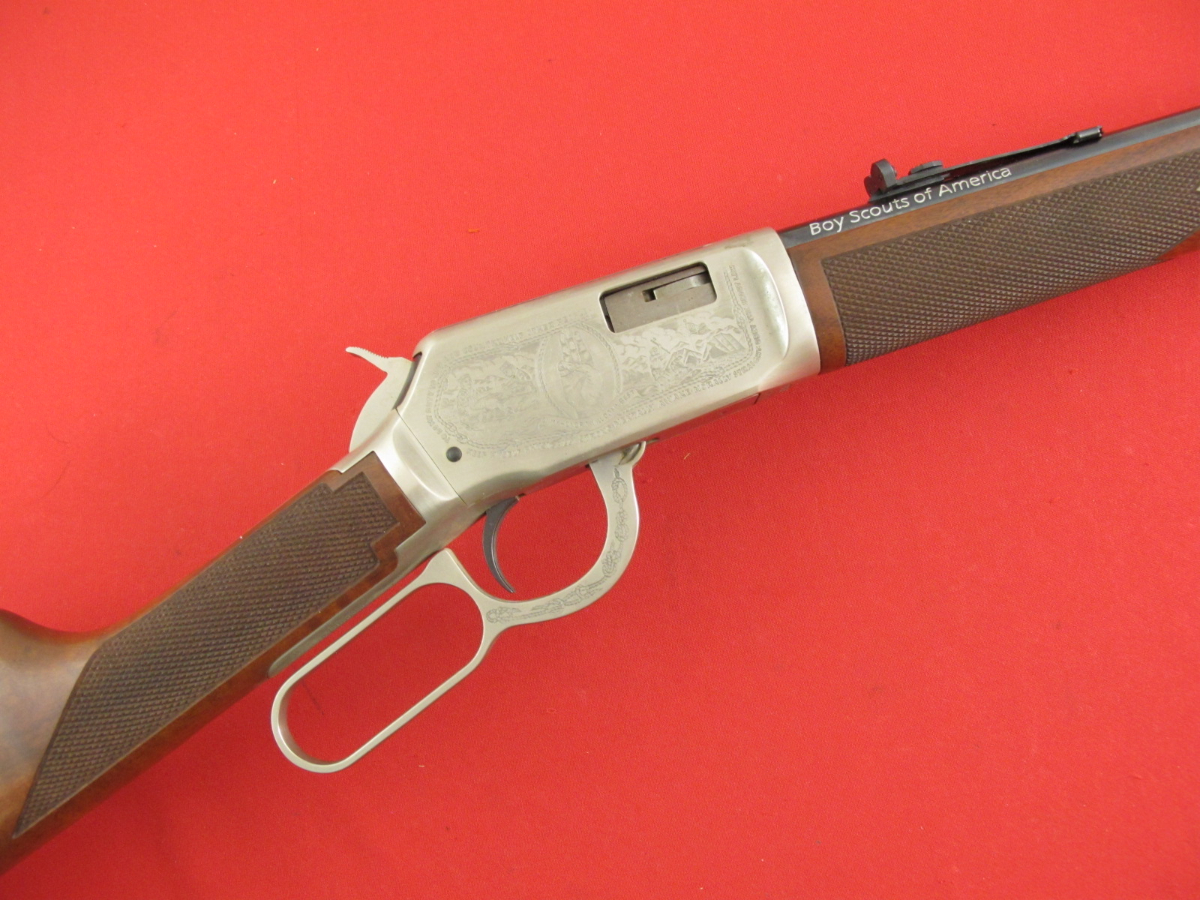
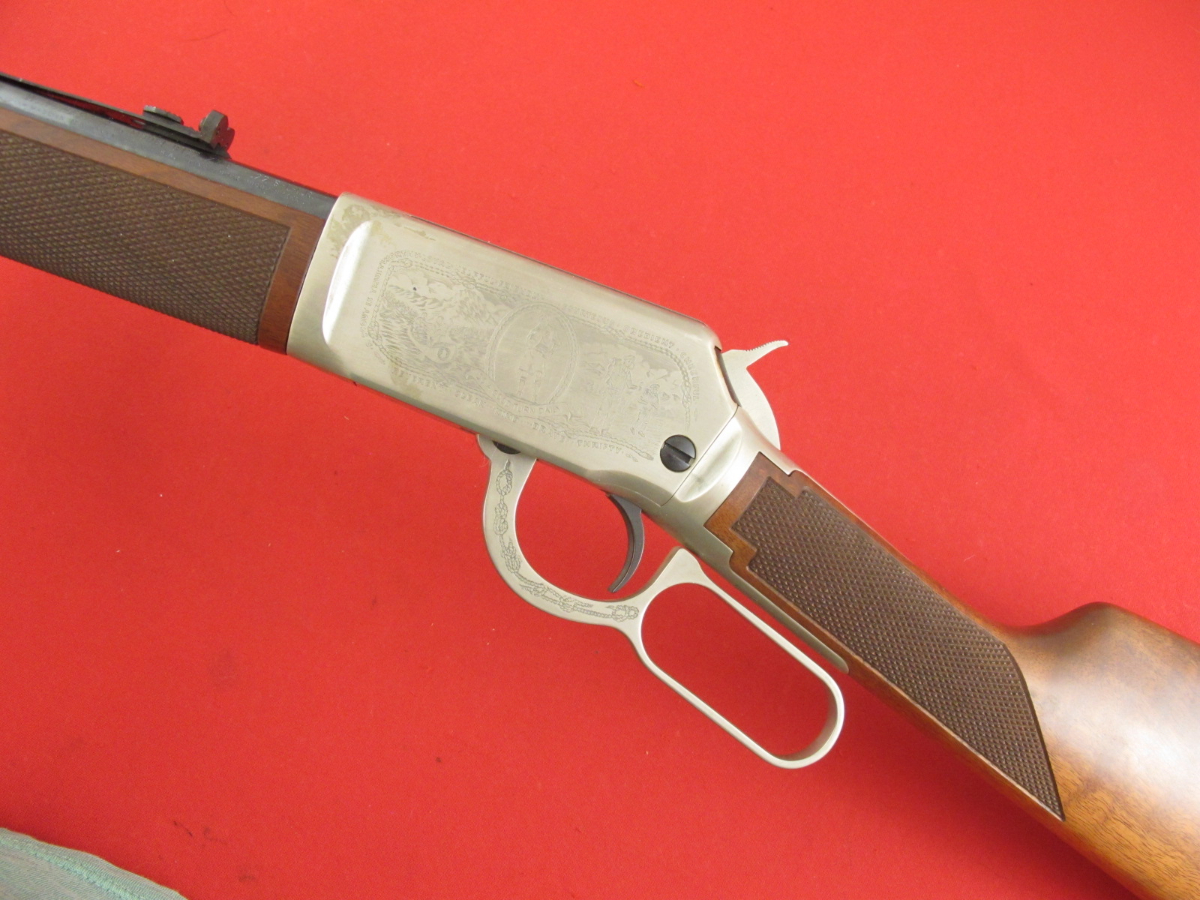
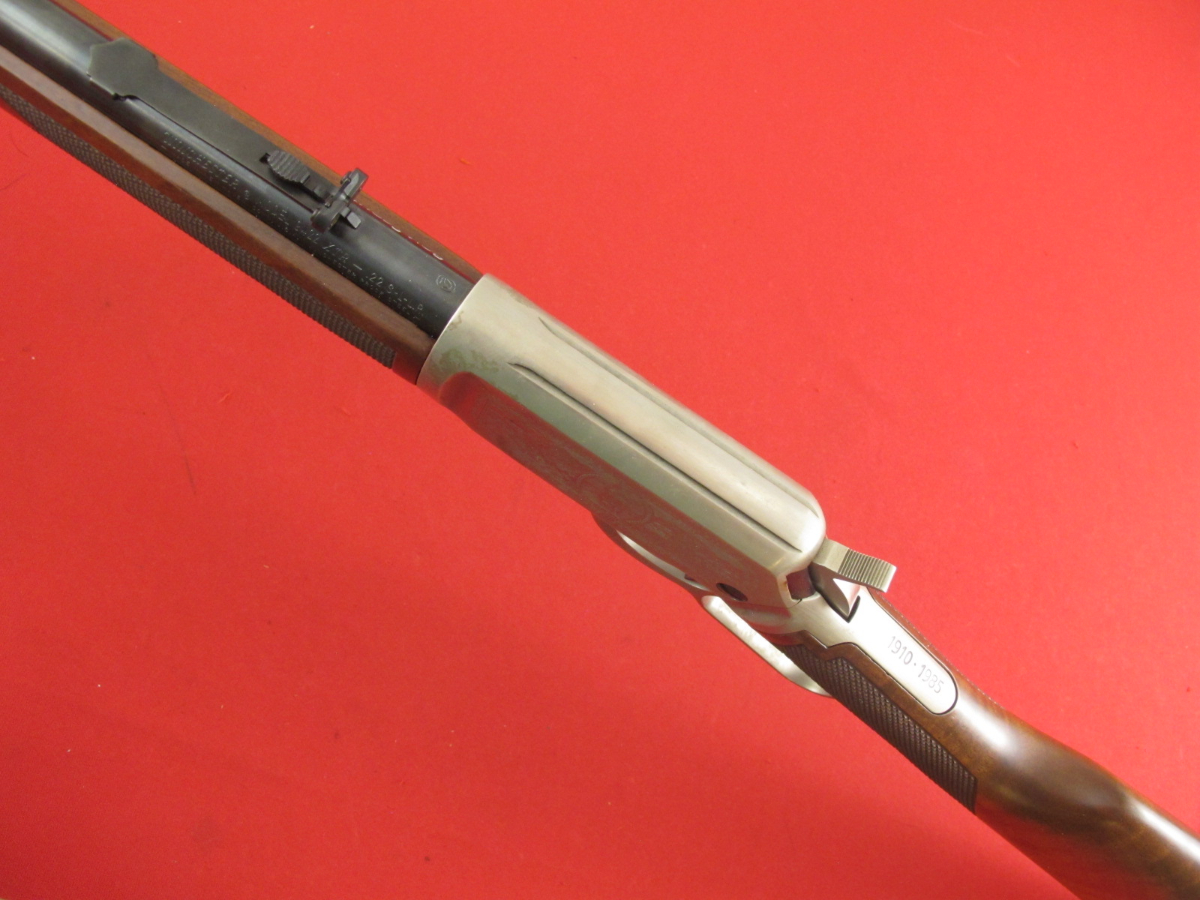
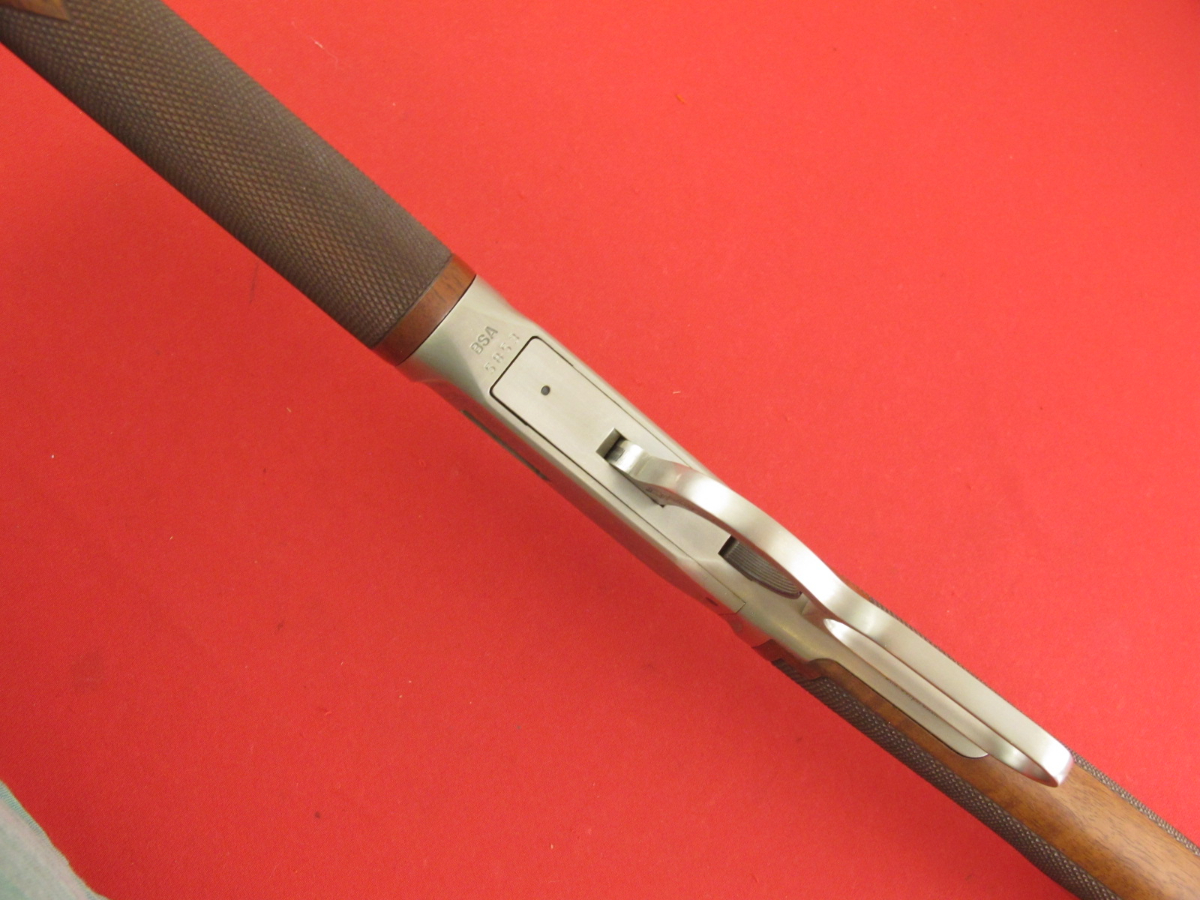
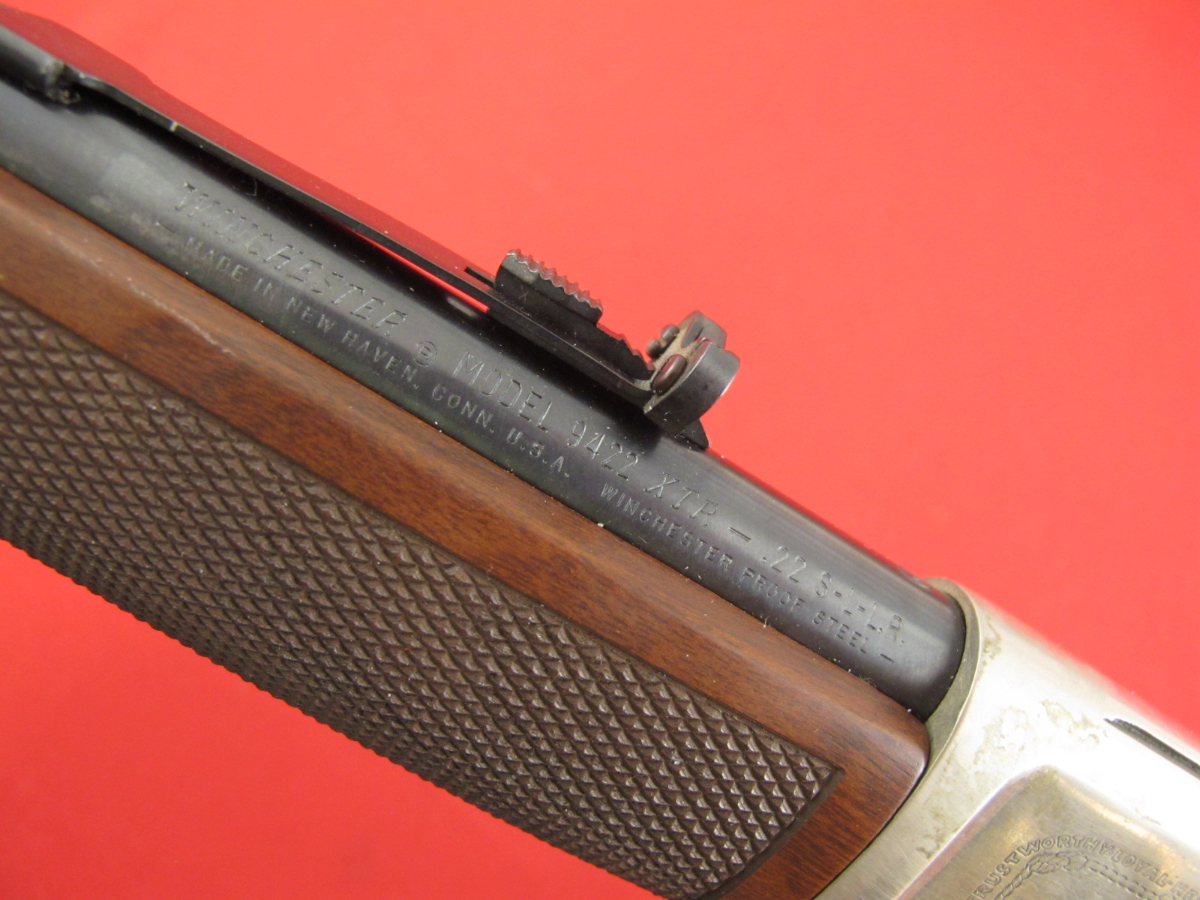

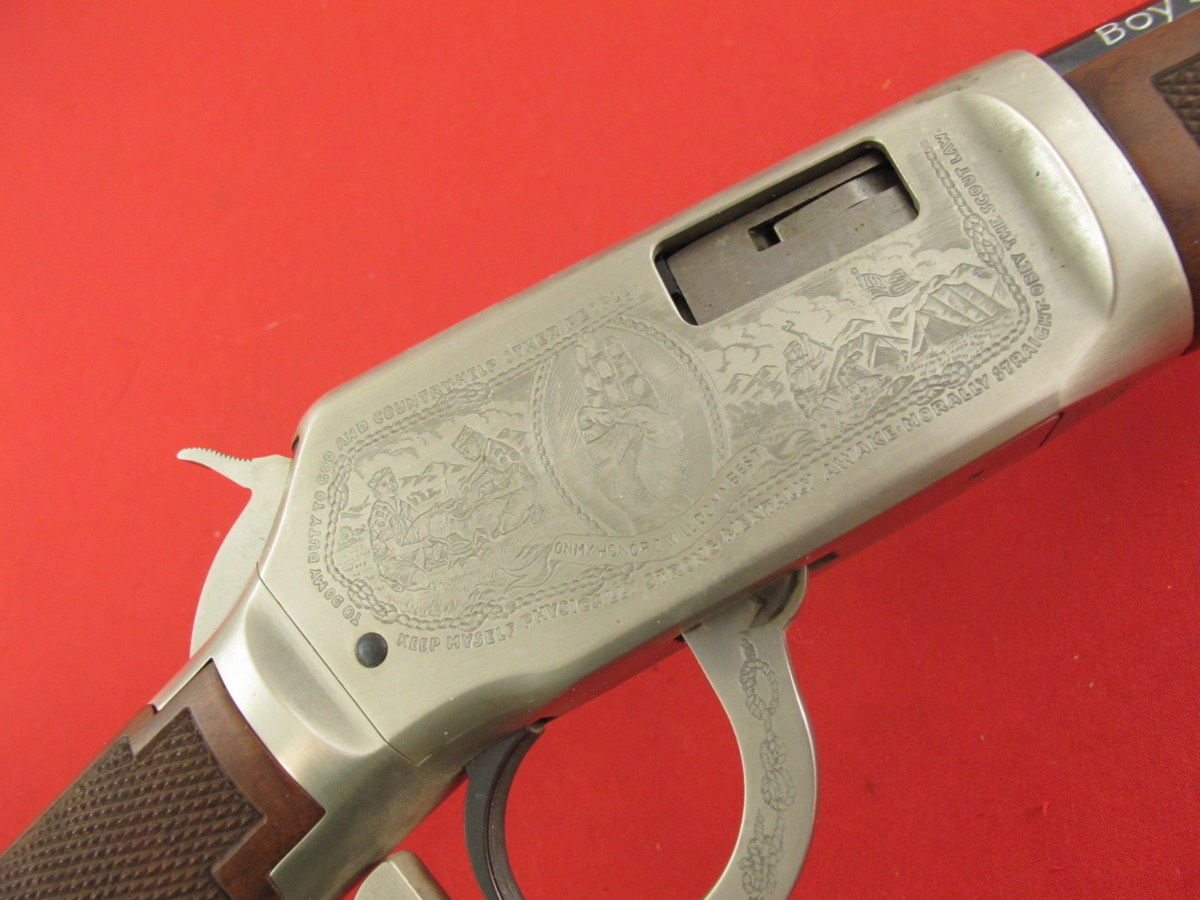



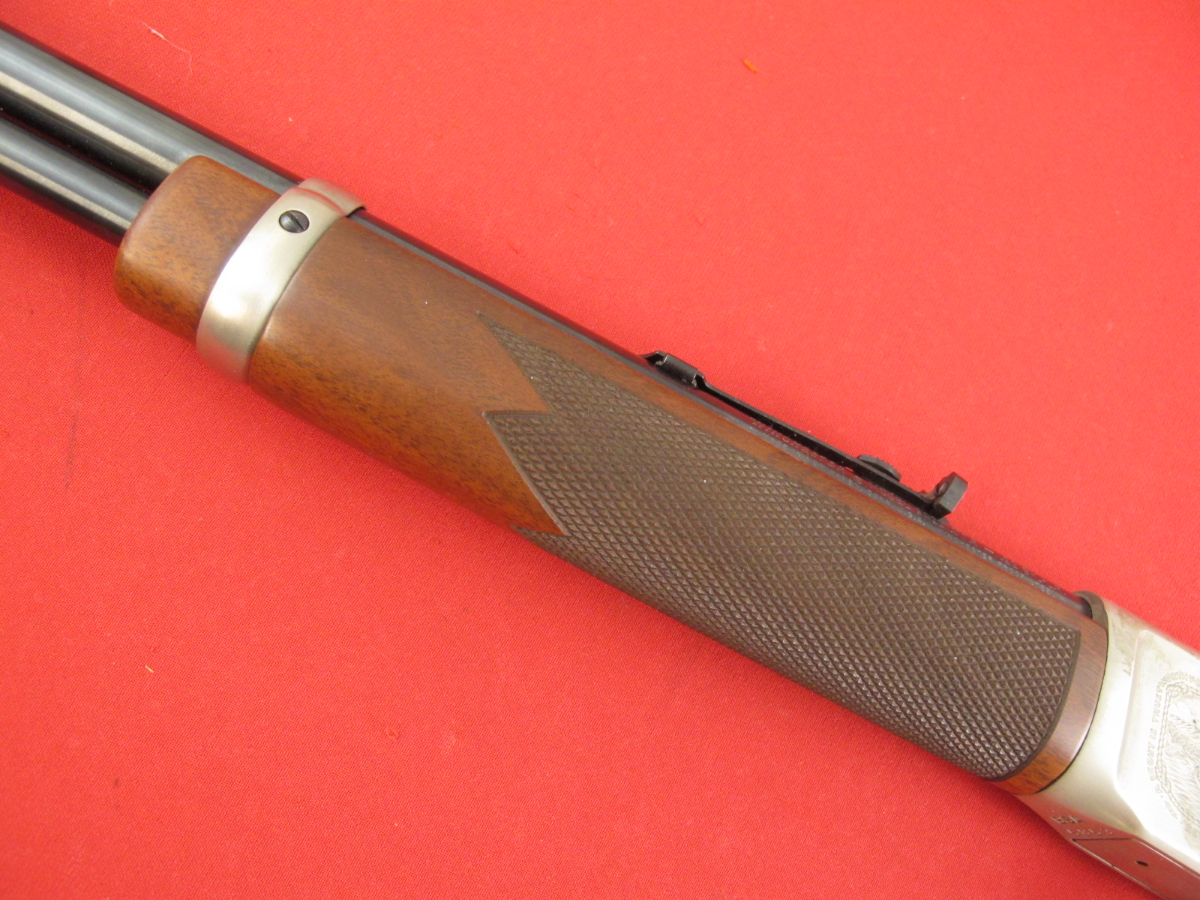
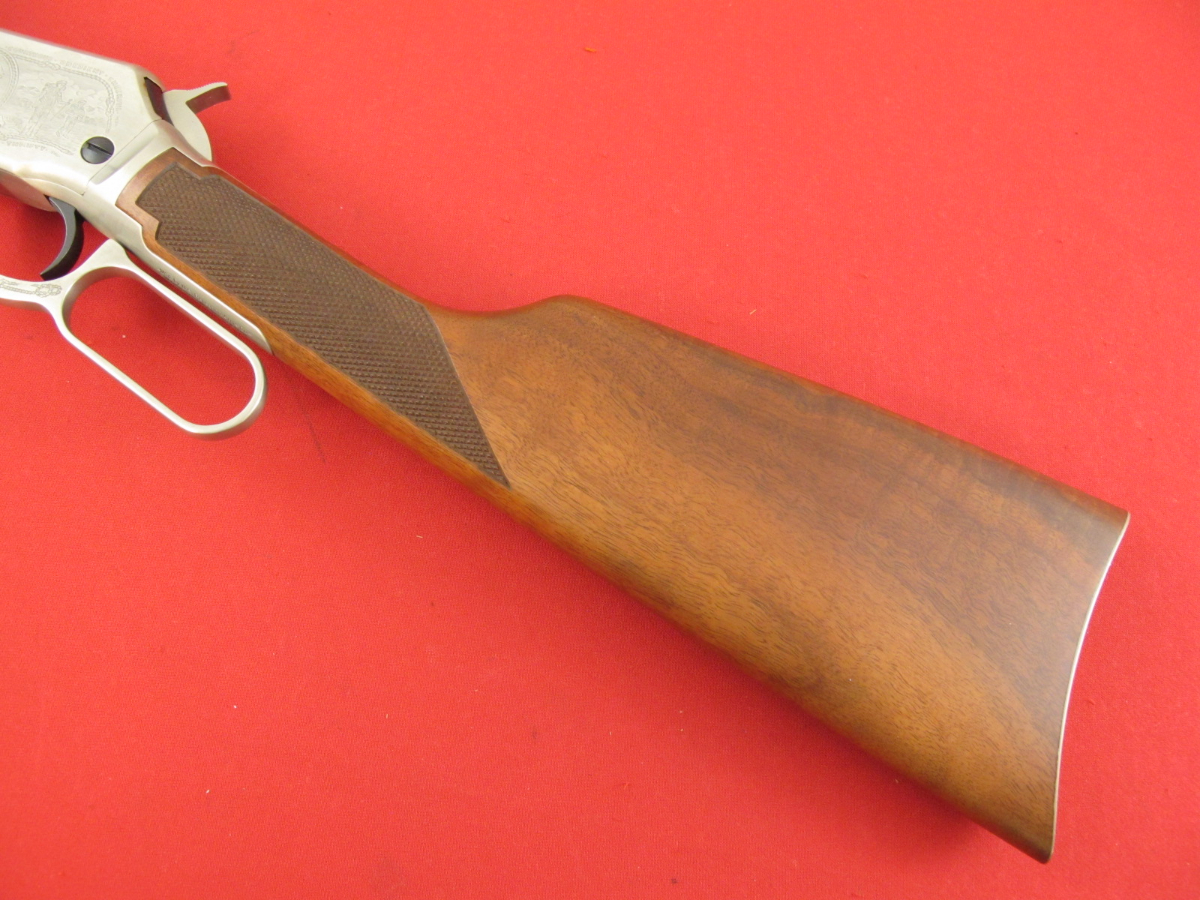
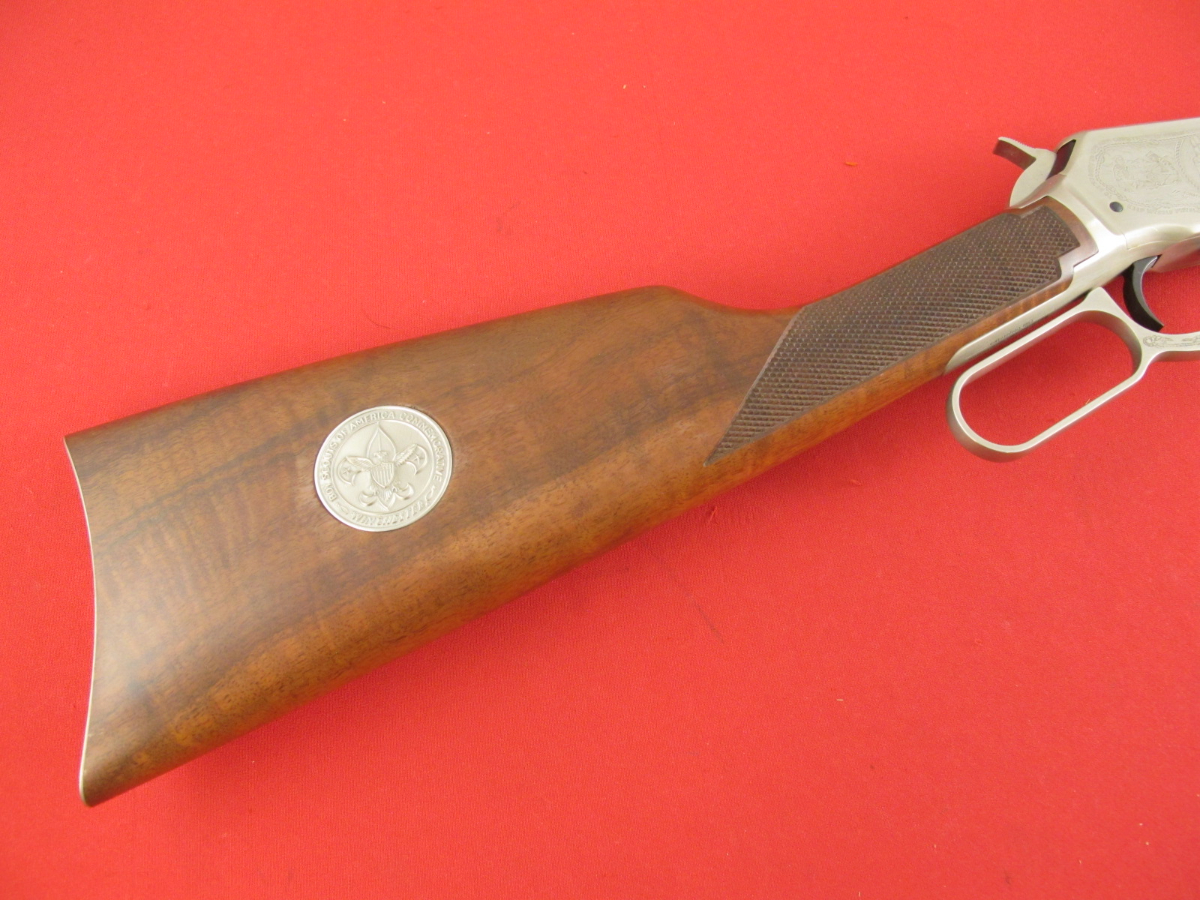
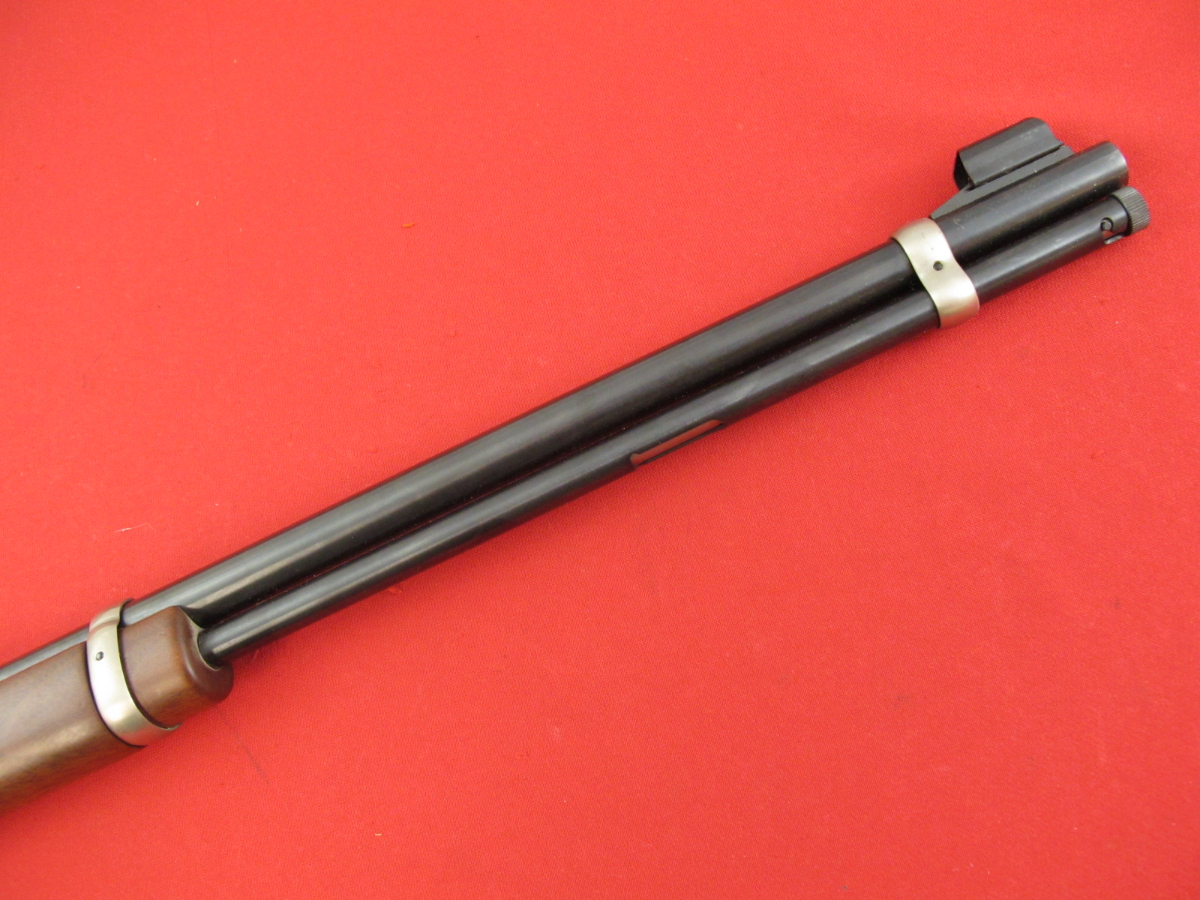
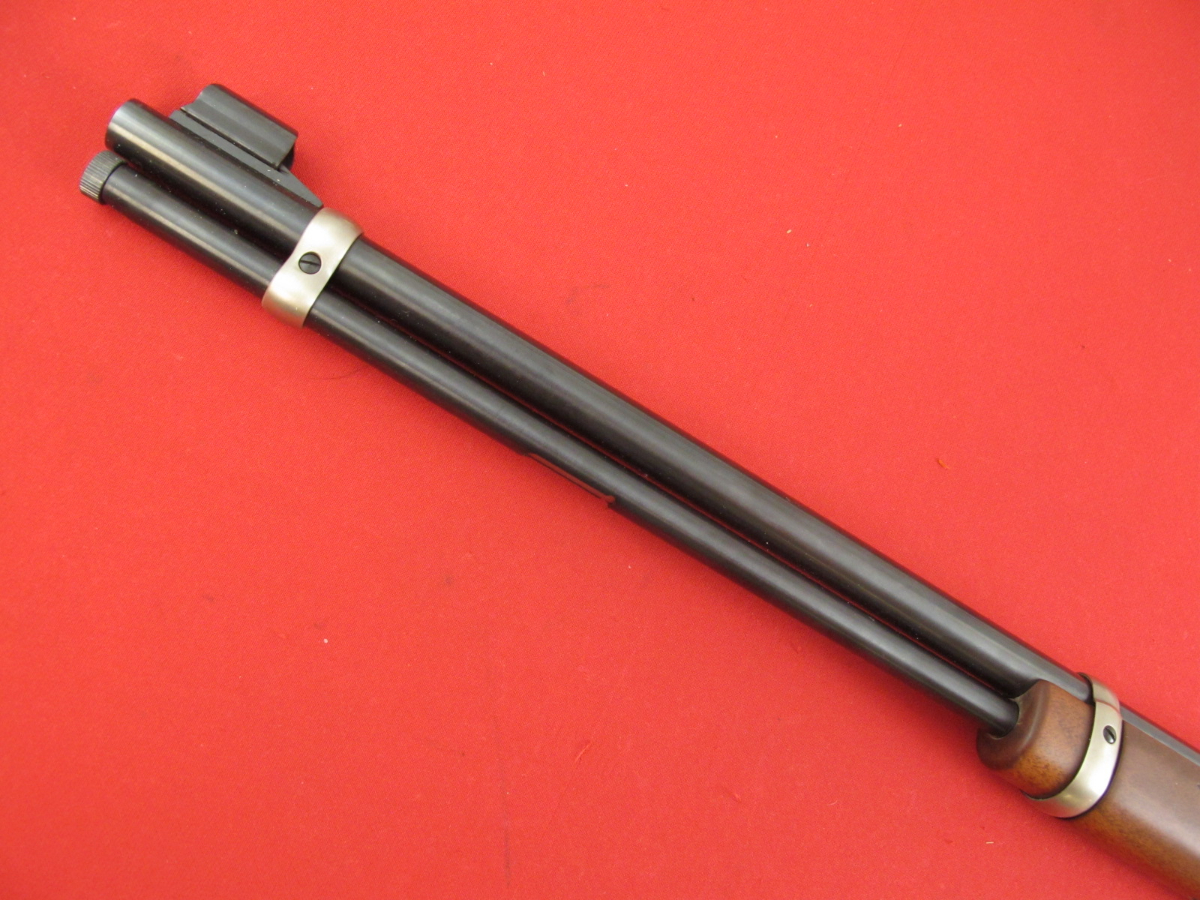
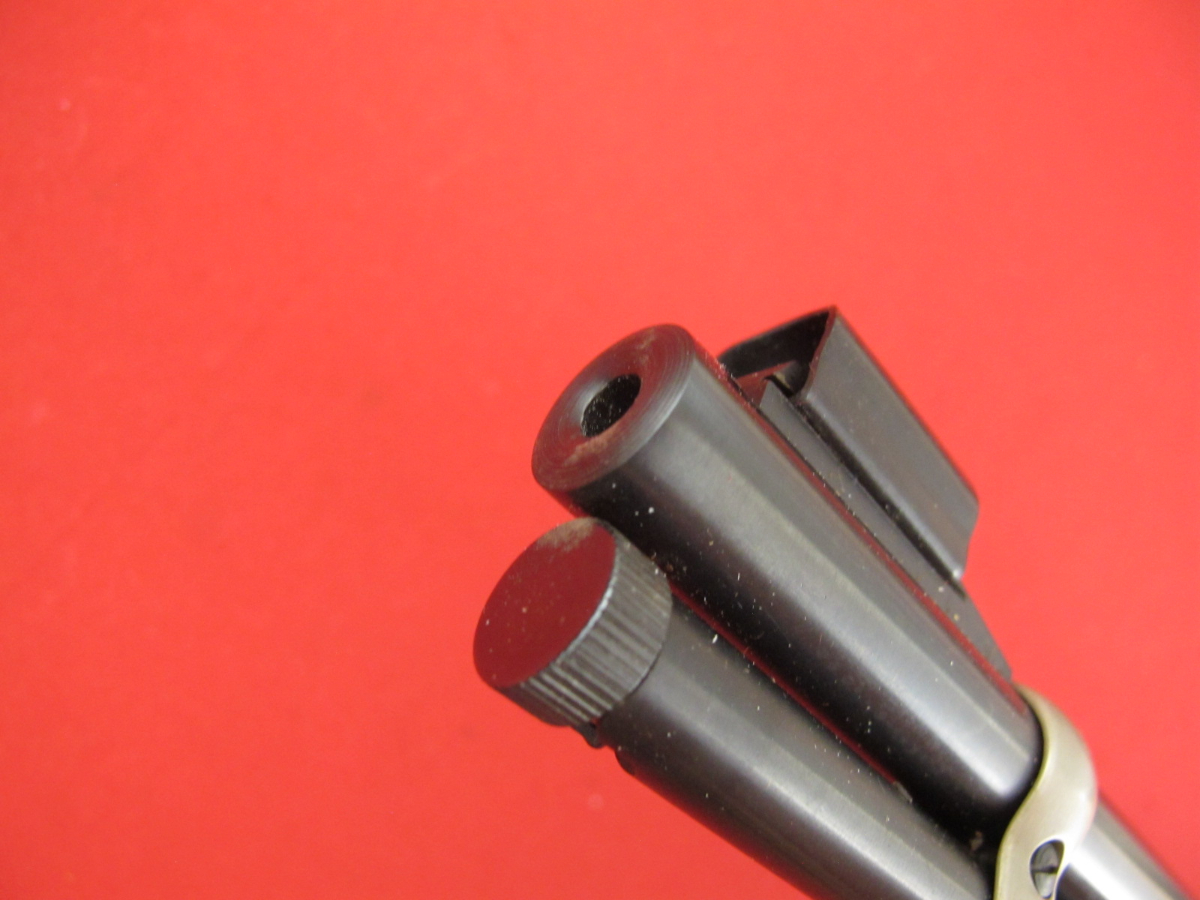
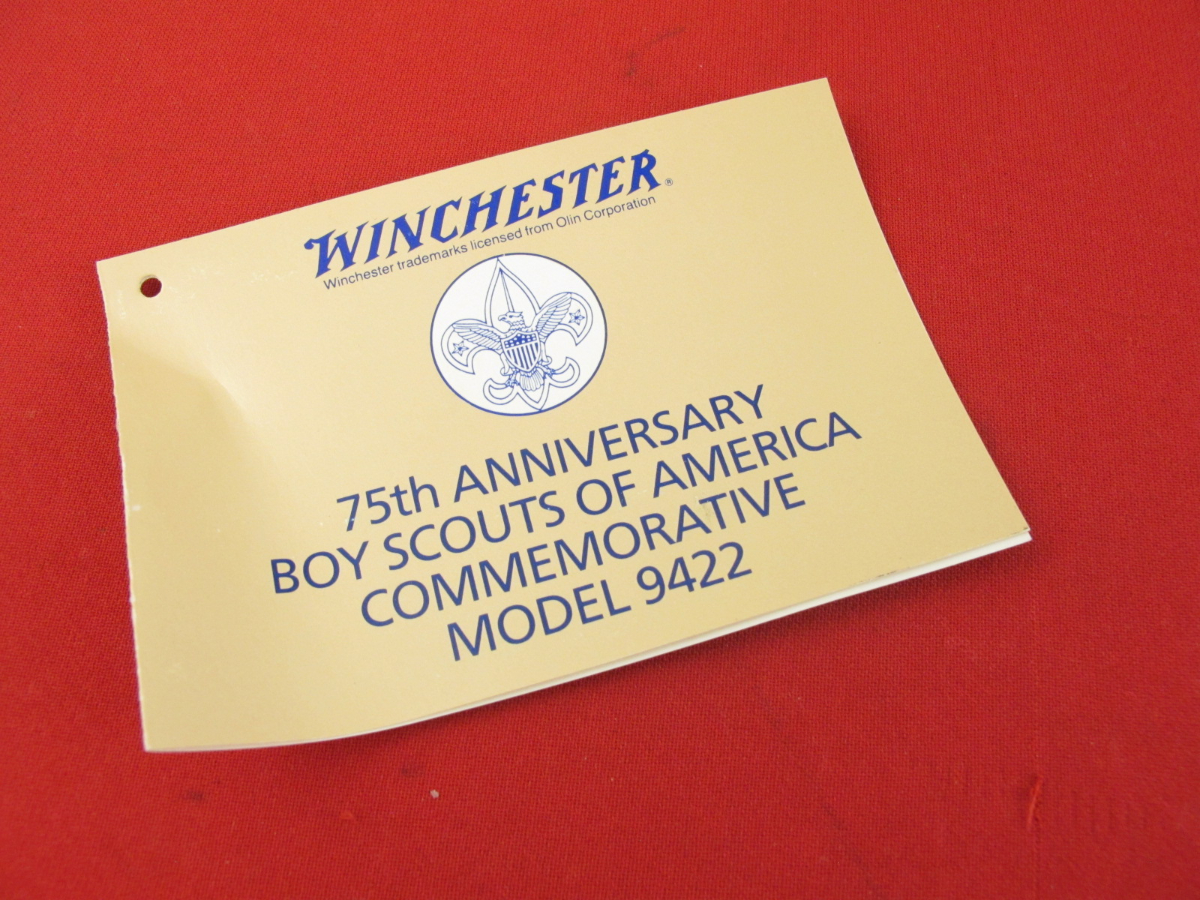
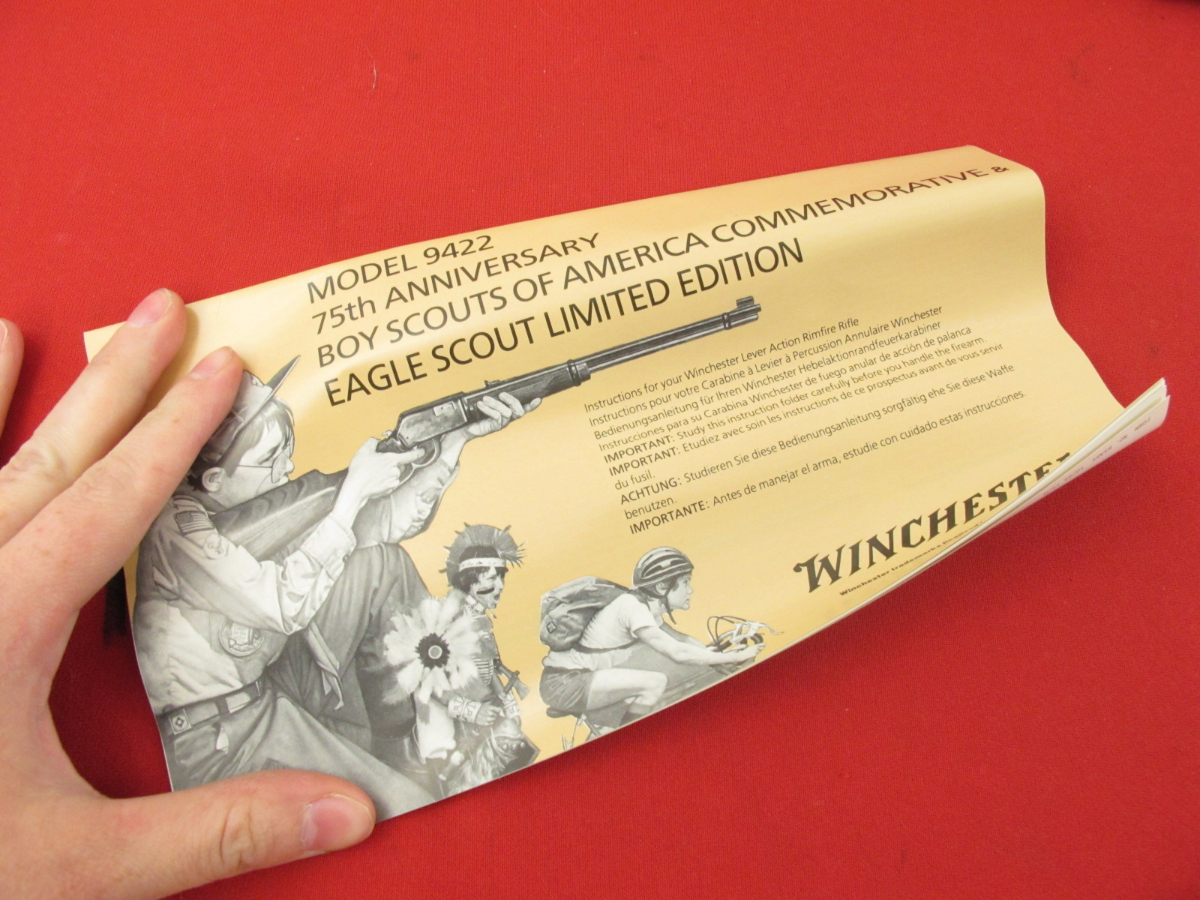

In this week’s episode of American Rifleman TV, we take a look at the history of the early Colt revolvers and the exploits of the company’s founder, Samuel Colt. Reviewed this week is the Springfield Armory Waypoint 2020, a rifle incorporating carbon fiber to both the stock and the barrel as well as being the company’s first bolt-action hunting rifle.
In the 1855, the Calisher and Terry carbine breech loading rifle was patented in Britain by William Terry and shortly thereafter adopted into military service. The Terry carbine was not only involved in the U.S. Civil War, but was also one of the earliest bolt-action firearms.
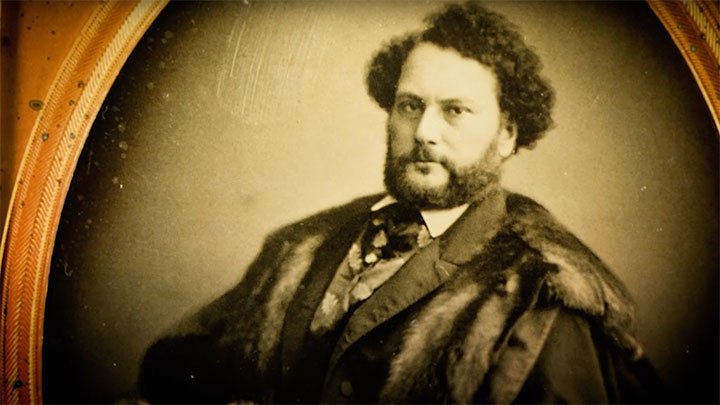
Prior to his revolver designs catching on in 1836, Samuel Colt was an interesting individual who had several schemes as a failed business man. Some of these ventures included a failed attempt to design an underwater mine and selling exhibitions of nitrous oxide or “laughing gas” as it was nicknamed. Using the money that he accumulated from his nitrous business, Colt paid Baltimore, Md., gunsmiths to craft some of the firearms designs that he had worked out in his head. Colt never partook in the actual crafting of his design ideas, and simply thought up the designs.
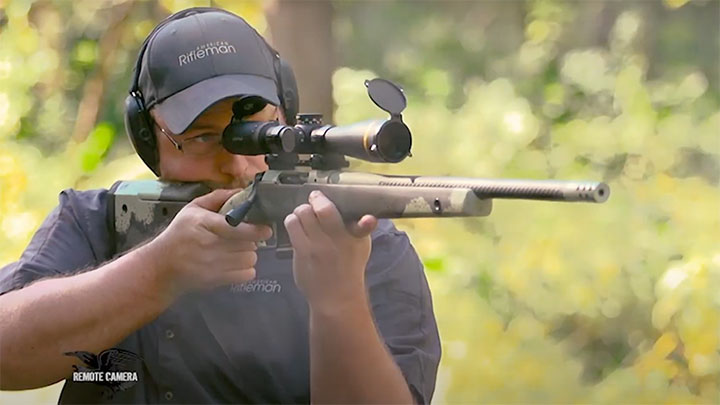
Springfield Armory released its first ever purpose-built bolt-action hunting rifle platform this past year, the Waypoint 2020. The Waypoint 2020 features a carbon-fiber stock made by AG Composites that weighs in at only 2 lbs. This contributes to the overall reduced weight of the platform, which is under 7 lbs. Two versions of the stock are available, with either a fixed or adjustable cheek piece. The Waypoint 2020’s barrel is made by BSF and features a carbon-fiber liner along most of its length to save weight and help dissipate heat. A nut at the front of the barrel provides tension against the carbon-fiber liner and keep it in place.

In the mid 1800s, there were a number of early breech-loading rifle and musket designs that were developed in Britain. One of those designs was the Calisher and Terry carbine, patented in 1855 by its inventory William Terry. The design is unique in that it is also arguably one of the earliest bolt-action rifle designs to be accepted into military service. The Terry carbine, as it is popularly known, uses a lever to uncover the breech area, unlock and to pull back a bolt like block, which seals the chamber when fired. The Terry carbine still used an external hammer and percussion cap to fire, but also incorporated a forward thinking feature of pre-loaded nitrided paper cartridges that would be loaded into the breech.
Part of medical training involves away rotations at rural clinics so you can get a feel for the practice of medicine someplace other than the huge teaching hospital. The student spends about a month working with a local family physician just to see what real doctors do day-to-day. Mine was a simply magnificent experience.
I was in a really small town under the tutelage of the nicest guy in the world. My time there was one of the reasons I gravitated toward something professionally similar myself. Meeting people was one of the greatest aspects of my experience in that little community. Small-town America is simply rife with characters.
One older gentleman was just eaten up with skin cancers. He was covered in them. When I inquired regarding his history, he said he had developed cancer in the Army Air Corps during World War II. That sounded like an interesting story. Wow, I had no idea.
This guy was an engine mechanic assigned to the 509th Composite Bomb Group under Colonel Paul Tibbets in the latter parts of World War II. He was responsible for maintaining the four big Wright R-3350-23 Duplex-Cyclone engines that powered the Enola Gay, the B-29 Superfortress that dropped the first atomic bomb on Hiroshima. That job changed his life.
The recent Christopher Nolan movie, “Oppenheimer” orbited around the Manhattan Project and the development of the atomic bomb. My new friend said he and his buddies had been invited out to watch the Trinity detonation. They stood in a line in the desert and were told to focus on a certain point off in the distance. By way of protective gear, he was issued a pair of tinted goggles.
He said when the bomb went off, the flash was unimaginably bright. He said they had time to laugh a bit about it before the blast wave hit them. The pressure front threw them all back bodily off their feet, though no one was hurt … at the time. He said in the aftermath of the detonation, the air smelled strongly of ozone, like you had been in the presence of a powerful electrical arc.
They all picked themselves up, brushed off the dust and dirt, and reveled in the amazing thing they had just seen. He said the first kid in his unit to develop cancer got sick six months later. It would have been sometime in 2000 when I met him. He said he was the only one of those presently left alive.
Staging the bomb into the combat theater was a herculean task. Components of the weapon were delivered to the island of Tinian aboard the cruiser USS Indianapolis. Anyone who has seen the movie “JAWS” knows that story. They delivered the bomb in complete secrecy. However, the ship was subsequently torpedoed by a Japanese submarine and sunk, leaving 890 of the original crew complement of 1,195 floating alone in the water. Over the next four days, a further 574 sailors succumbed to exposure and shark predation. Only 316 survived.
On the airfield at Tinian, the Air Corps had constructed a trench in the parking apron. This was the most sensitive weapons project of the war, so security was unbelievably tight. The plan had technicians assembling the bomb in the trench before towing the Enola Gay in place above it. The weapon was then winched into the bomb bay. My buddy said there were MPs with submachine guns posted all around the plane with orders to shoot on sight anyone who seemed even remotely threatening.
Early in the morning on 6 August 1945, my friend needed to go over the Enola Gay’s engines one last time. He made his way out in the darkness, serviced each of the big radials in sequence, and then moved away from the big bomber. Unbeknownst to the security troops posted around the plane, he had tucked a little Brownie camera into the pocket of his flight jacket.
As he walked away from the aircraft, he surreptitiously tucked the camera under his arm and snapped a picture of the plane. No one was the wiser. He told me in all seriousness that the MPs likely would have shot him dead had he been seen taking the photograph.
The image captured the big silver bomber at a crazy angle. He later mislaid the original negative. That picture sat in a frame atop his television in his home in rural Mississippi. It is the only photograph on the planet of the Enola Gay with the bomb on board.
On the morning of 6 August, Colonel Tibbets and his crew delivered Little Boy, the first operational atomic bomb, to its target over Hiroshima, Japan. The 15-kiloton blast ultimately claimed around 75,000 lives. However, the nuclear attacks saved countless more by negating the need for an amphibious invasion of the Japanese home islands. And I got to touch just a little bit of all that in a tiny little medical clinic in rural Mississippi.